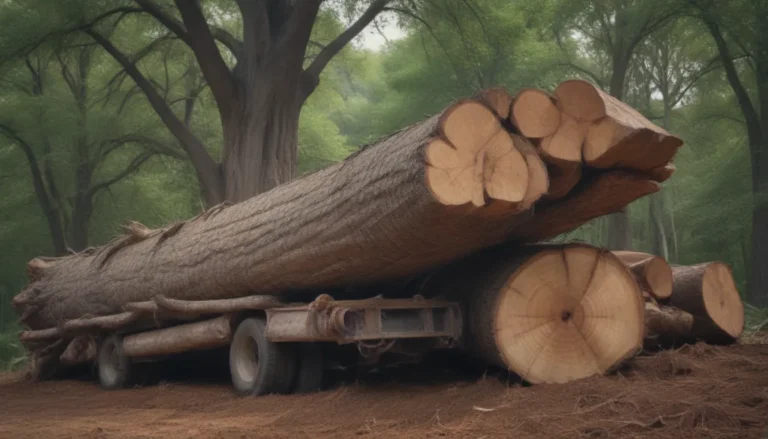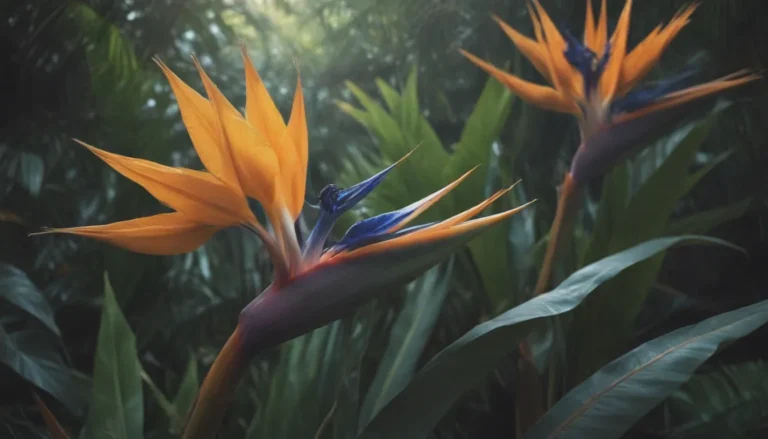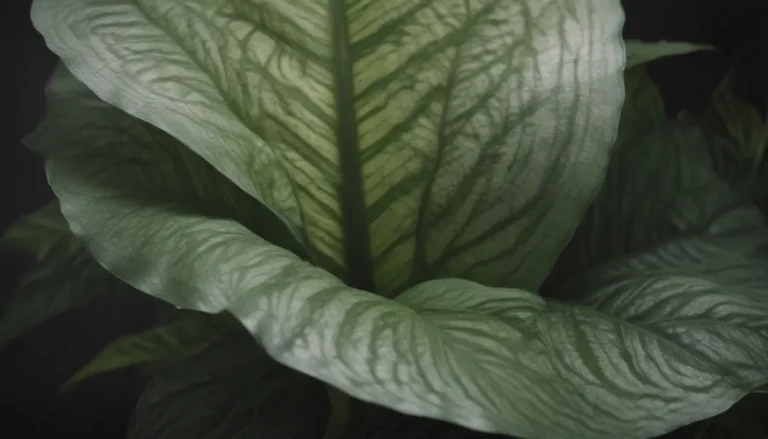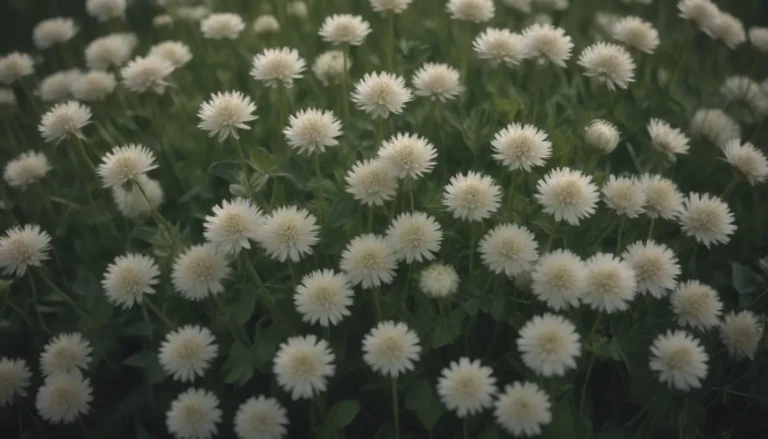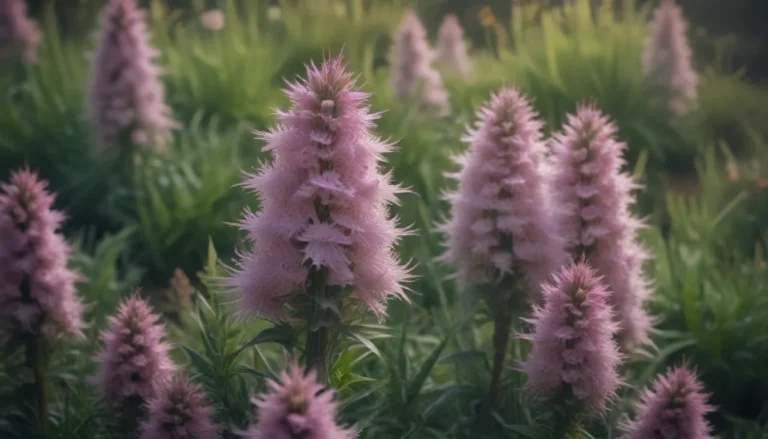A Comprehensive Guide to Growing and Caring for Fraser Fir Trees
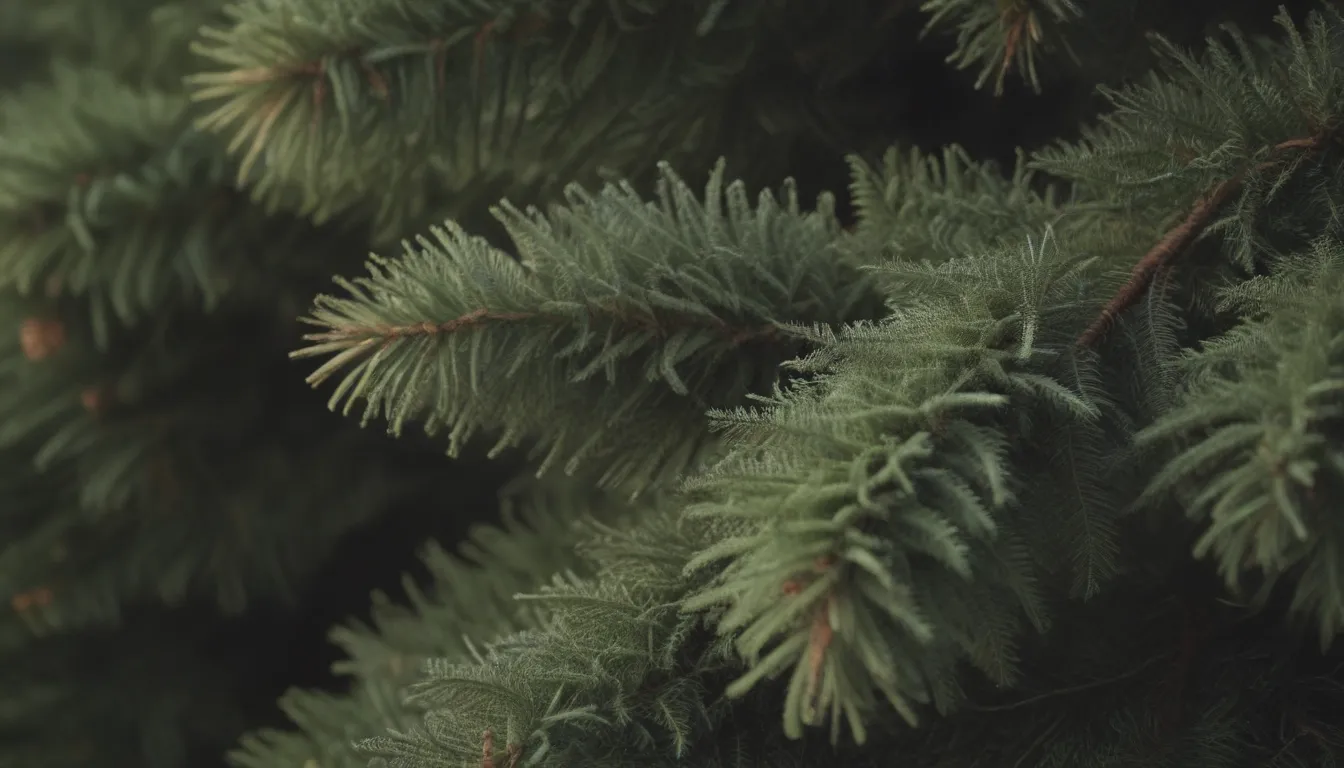
Have you ever marveled at the beauty of a Fraser fir Christmas tree? These trees, also known as she-balsam or mountain balsam, are a popular choice for holiday decorations such as trees, wreaths, and greenery. In addition to their holiday appeal, Fraser firs are also excellent landscape trees, thriving in bright sunlight, moist soil, and mild climates.
Fraser Fir Care
Caring for a Fraser fir tree is relatively low-maintenance when provided with the right environment. Here are some key care requirements for Fraser fir trees:
Light
- Fraser firs adapt well to various light conditions, preferring full sun to part shade.
- Providing some afternoon shade during intense summer heat can help the tree thrive.
Soil
- Fraser firs thrive in moist, well-draining soil with a slightly acidic pH rich in organics.
- Their shallow root system requires the soil under the tree to be free of competing plants that may take away nutrients and moisture.
Water
- Adequate irrigation is essential for a Fraser fir tree, especially in its early years.
- Watering frequency depends on weather conditions, ranging from every few days in hot weather to once a week in cooler, damp weather.
Temperature and Humidity
- Fraser fir trees prefer cool, damp climates similar to their native habitat.
- Planting the tree in a hospitable environment is key to its health and longevity.
Fertilizer
- A healthy Fraser fir tree should not require supplemental fertilizer if planted in good conditions.
- Overfeeding can lead to weak wood and foliage growth that the shallow root system cannot support.
Types of Fraser Fir
Like many conifers, Fraser fir trees have various cultivars to suit different aesthetic and functional needs. Some popular cultivars include:
– A. fraseri ‘Kline’snest’
– A. fraseri’Blue Bonnet’
– A. fraseri ‘Prostrata’
– A. fraseri ‘Fantasticooli’
Pruning
Fraser fir trees rarely require pruning, except for removing damaged or dead branches. If pruning is necessary, it’s best to call a certified arborist to ensure the tree’s form is maintained.
Propagating Fraser Fir
Propagation of Fraser fir trees is best done through cuttings, as growing from seed can be slow and inconsistent. Trees are slow-growing, requiring patience during the propagation process.
Overwintering
Fraser fir trees outside their native growing range may require protection in winter. Providing barriers, coverings, or stakes can help protect the tree from harsh seasonal winds.
Common Plant Diseases
Once established, healthy Fraser fir trees are resistant to most diseases. However, they may be susceptible to root rot and stem canker. Prevention measures include ensuring adequate drainage and early treatment with fungicides if signs of infection appear.
In conclusion, Fraser fir trees are beautiful and versatile trees that can be enjoyed during the holidays and in landscaping. By following proper care guidelines, these trees can thrive and provide beauty for many years to come. Whether you’re looking to decorate for the holiday season or enhance your landscape, a Fraser fir tree is an excellent choice. Remember and appreciate the importance of caring for these endangered species to preserve their beauty for future generations.

